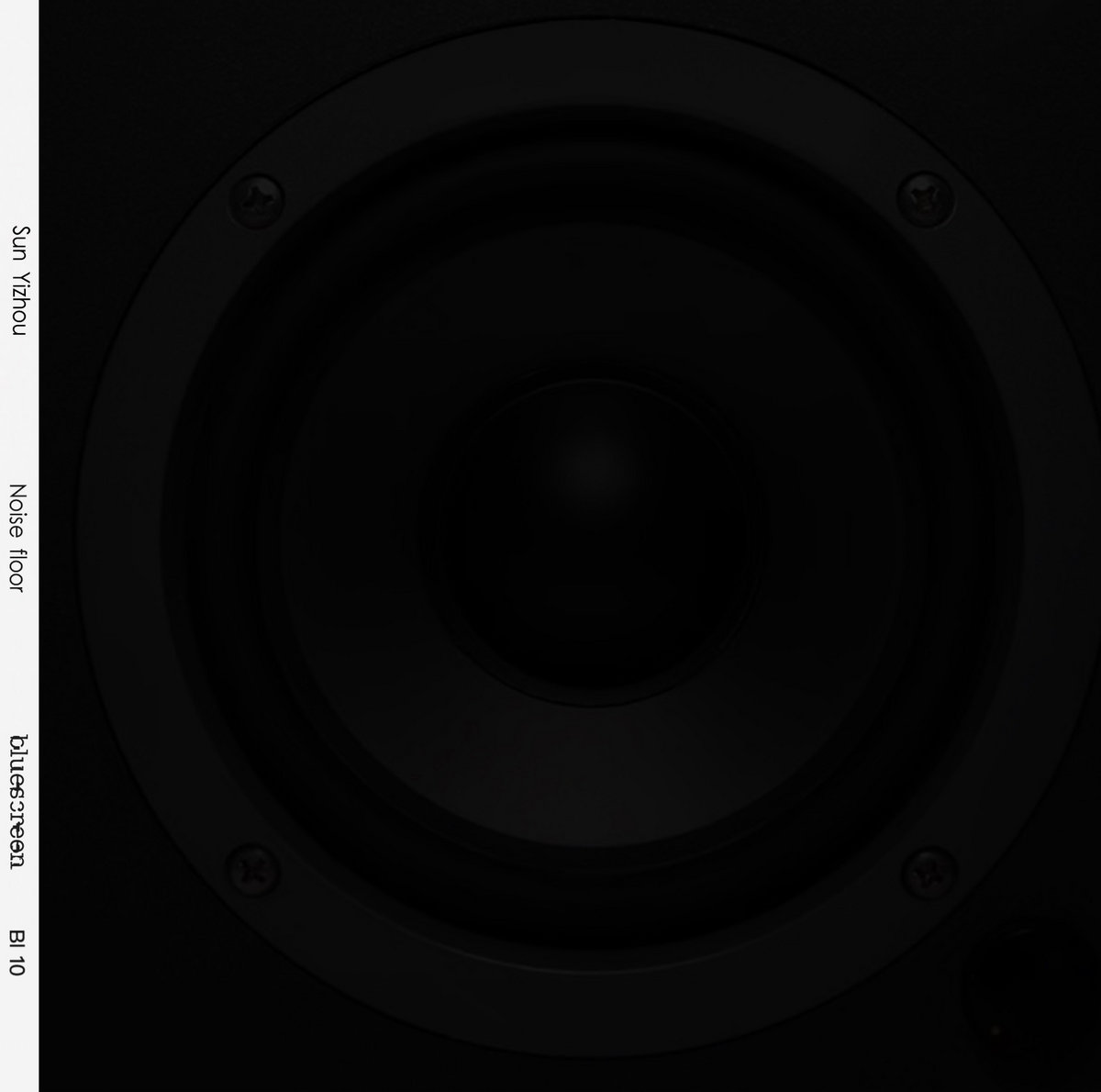Noise floor


Equipment: Yamaha MG82cx mixing board, Yamaha HS8 monitors
Recorded in home, Beijing, November 14, 2021
Released by bluescreen (bl10)
Mixed and mastered by Sun Yizhou in the January of 2022
When I work on audio at home, my monitors and mixing board always have some faint noise floor. I think it depends partly on dirty current noise, Chinese 50 Hz household AC, and dust inside the mixing board, maybe many other factors.Sometimes, I want to remove it, and sometimes I also listen to it. This periodic dryness fascinates me. It makes sense, I recorded it.
A lot of my electronic music compositions in the past two years have been related to no-input mixing boards, this time with only outputs. I used the my first mixing board, amplified noise floor. Some tracks use phantom +48V. L1-5 is the microphone aimed at the bass part of the recording, and H1-3 is the treble part. Equalization and compression of the audio, no other effects are processed and adjusted.
It may sound boring, but I like it.
-SunYizhou
»It may sound boring, but I like it«, kommentiert der in Beijing lebende Klangkünstler Sun Yizhou sein im Selbstverlag veröffentlichtes Album »Noise Floor«. Wie diese Wertung zustande kommt, wird schnell klar: Die acht Stücke bestehen auf Aufnahmen des Grundrauschens seines Studioequipments, fünf davon im tiefen und drei im hohen Frequenzbereich: tuckerndes Brummen hier, fauchendes weißes Rauschen dort. Doch ist das natürlich überhaupt nicht langweilig, denn durch die Hervorhebung der eigentlich unintendierten Kollateralgeräusche verstärkt deren sonderbare, kontingente Dynamiken – ohne jemals endgültig deren Ursprung zu offenbaren. Das ist ziemlich faszinierend und also extrem spannend. (https://www.field-notes.berlin/de/festivalsl)
In any discussion of studio mixing and mastering, the minimization of a recording’s noise floor, the inherent noise in cables, audio interfaces, mixers and the hum of AC current always comes up as a topic of paramount importance. A number of musicians have embraced no-input mixing boards which route the output of a mixing board back into its inputs to create, modulate and control feedback. But Beijing-based Sun Yizhou takes things a step further, instead zeroing in on the self-noise of the mixing board itself. The buzz of dirty current, the hiss of aging cables and connections, the crackle of circuits, the sonic crud of phantom +48V power become the sources for this beguiling recording. Over the course of eight tracks, using nothing more than a mixing board, monitors and microphones, Sun isolates the auditory detritus of rumbles, rasps, static, sizzles and crackles. With basic application of equalization and compression, he teases out the subtle nuances of source noise, revealing the timbral qualities of their base vibrations. For the first five tracks, simply titled ‘L-1” through “L-5,” Sun aims his attention at the bass part of the recordings, capturing the oscillations, grit and reverberations of the lower frequencies. The final three tracks, “H-1” through “H-3” focus on accentuating the eddying glitch of upper frequencies and their spattering motes of phonons, ending the final cut with a sharp snap to silence. In that intense focus on the auditory fundamentals, Sun bares a bristling sound world, rich with variegated, organically morphing subtleties. -Michael Rosenstein (dustedmagazine.tumblr.com)